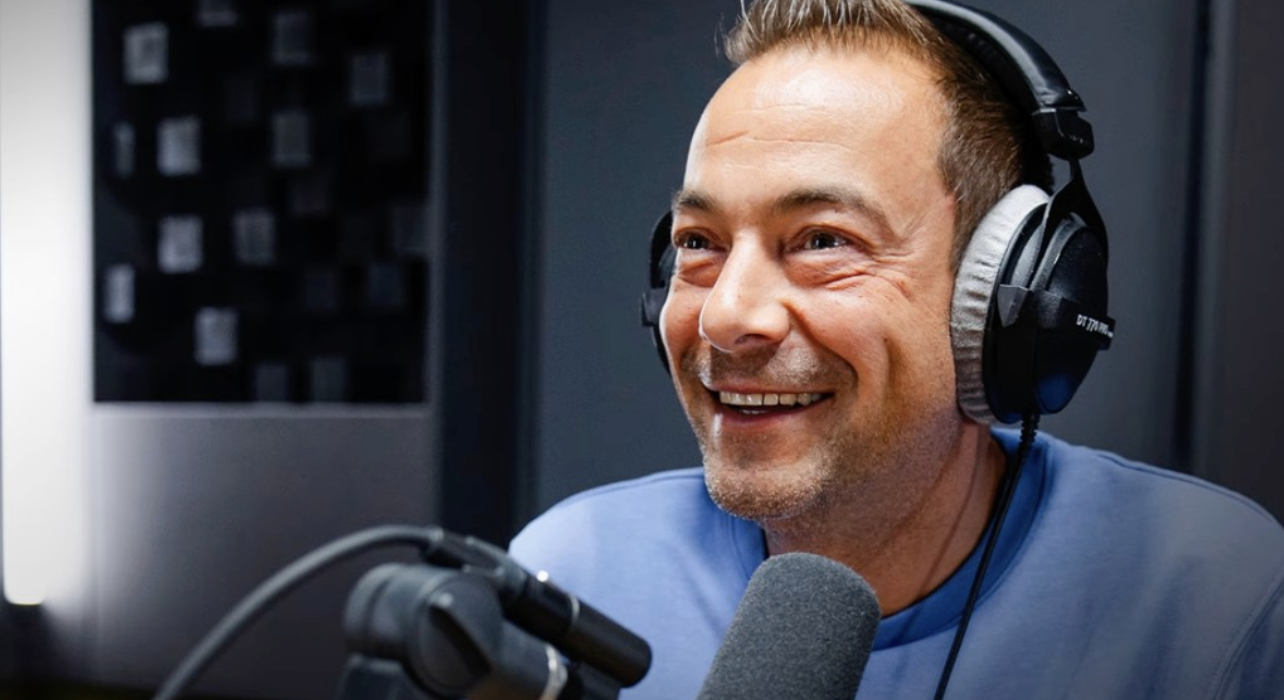Nothing comes free in life, let alone in triathlon. While I can not promise you free speed without some form of investment, I can promise you will not have to spend a cent to get the gains I mention in this blog. Enjoy as I take you through the biggest learnings I have made as a professional cycling coach with over a decade of experience working with competitive athletes.
Know Your Battlefield
Getting lost or heading in the wrong direction might be easier amongst the body’s of other swimmers, but, once you get on the bike, there is a greater risk of disqualification from accidentally crossing the centerline, not putting your foot down at a junction, or even course-cutting.
While this in itself is good enough reason to learn it, knowing the race course allows you to pay attention to key segments like climbs, descents, and technical sections. Knowing when these are coming up allows you to conserve energy, plan your efforts, and attack or recover as needed.
If you’ve never done it before, and a pre-race recce is off the table, consult with previous racers, see if you can find a video, or even check Google street view to gain familiarity.
Play with Your Position
Aerodynamics play a huge role in your cycling speed, and the good news is, you can improve yours by adjusting your position on the bike. The goal is to reduce wind resistance, however, comfort and control are crucial, especially with the run coming next, so find a balance that works for you. Small adjustments can lead to significant improvements in speed and efficiency, especially on flat sections and downhills.
Then there’s aerodynamic gear and kit and products from helmets to skinsuits to overshoes. And, even if you don’t have a triathlon bike, consider adding tri bars to your current setup. This will make you substantially more slippery.
Those in the UK will have plenty of access to midweek club time trials during the warmer months, but, for those without, flat sections of roads are a great alternative, where you can make small adjustments to your position and test how that affects your speed or time.
Of course, unlikely to be free, but time spent at a velodrome, a wind tunnel, or even with a bike fitter that specializes in triathlon will streamline this process.
Maintaining Momentum
Hills are the suckers of speed if not approached correctly. The secret to conquering them? Maintaining momentum.
As you approach a hill, increase your effort slightly, but without going all out. You want to hit the hill with momentum, but still have gas in the tank to get over the top. Keep a steady, seated effort, and focus on smooth pedaling.
Over the crest, don’t just relax; push over the top and accelerate down the other side to regain any lost speed.
The Extras: It’s All in the Details
- Pacing your race is key, learn to do so wisely. Going all out from the transition might leave you burnt out too soon. Use a power meter if you have one, but even without, learning to listen to your body is invaluable.
- Smooth is fast, so work on your pedaling efficiency. A smooth, circular pedal motion can improve your speed and endurance. Try drills like single-leg pedaling to improve your technique.
- Regular maintenance to keep your bike in tip-top shape. A well-maintained bike with properly inflated tires and a clean drivetrain runs more efficiently, translating to more speed.
Summary
Incorporating these strategies won’t cost you a cent, but can have a significant impact on your cycling speed. It’s all about being smart, making the most of what you’ve got, and focusing on the details that can make or break your race.
Remember, every athlete is different, so take the time to experiment and find out what works best for you. Keep pushing, keep experimenting, and most importantly, keep enjoying the ride!



